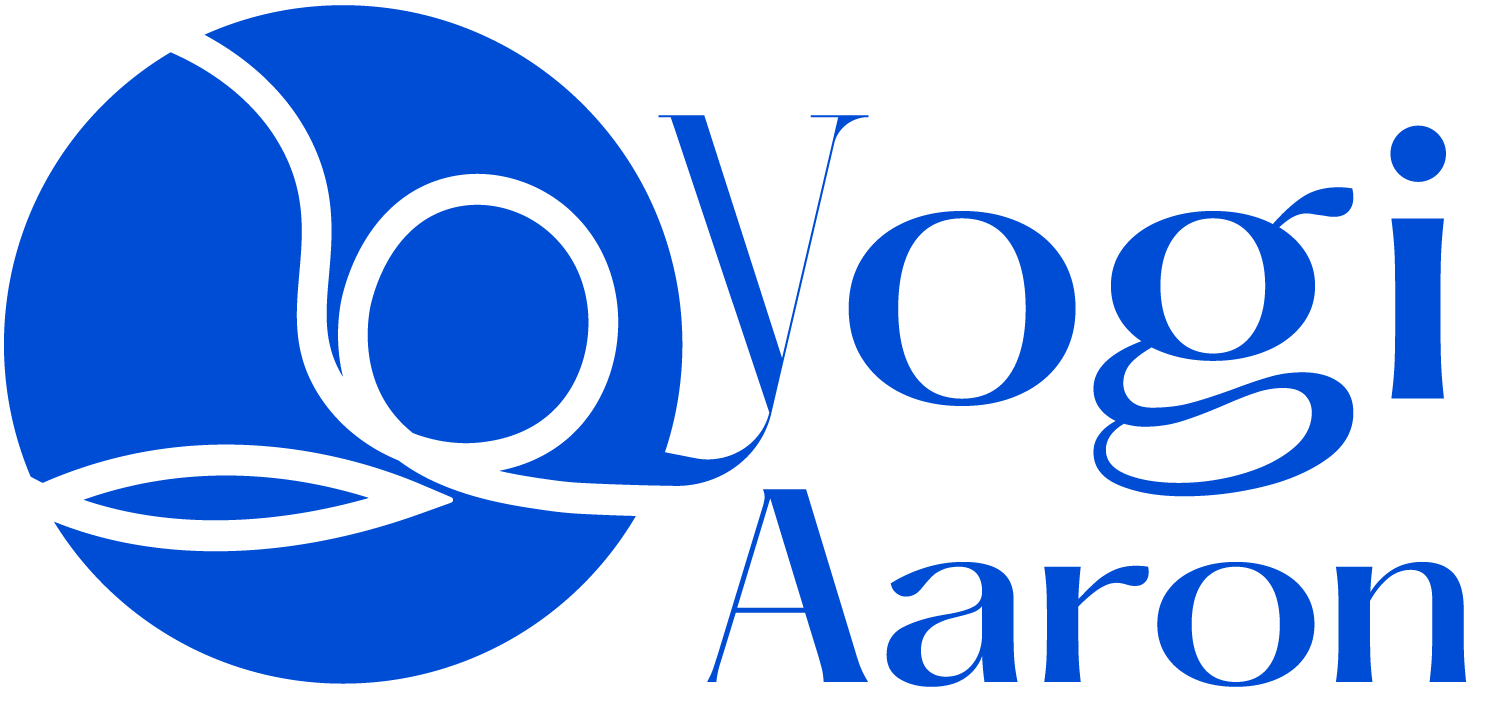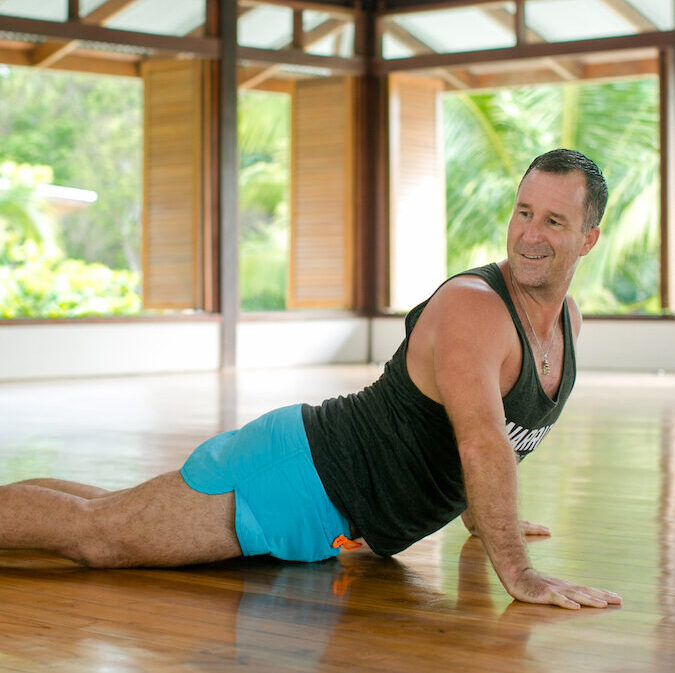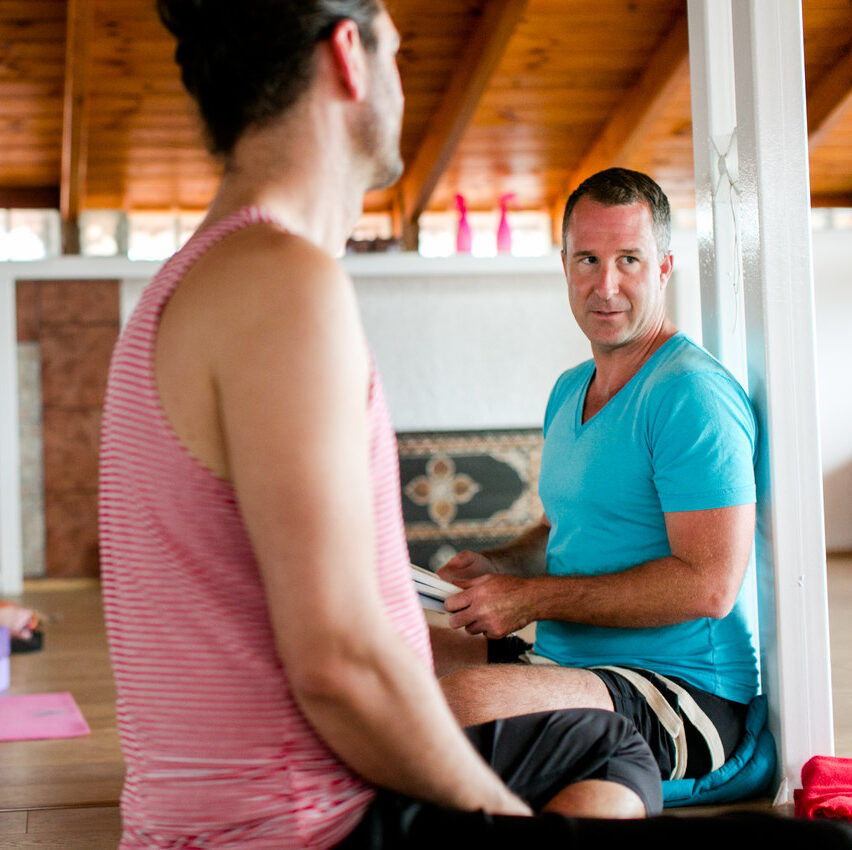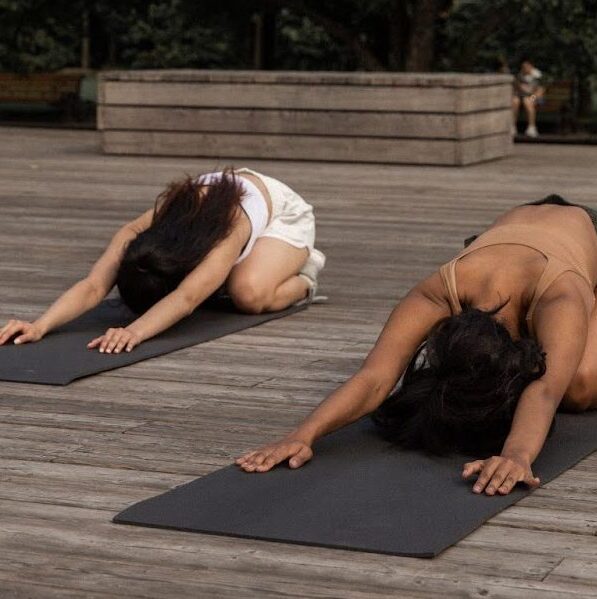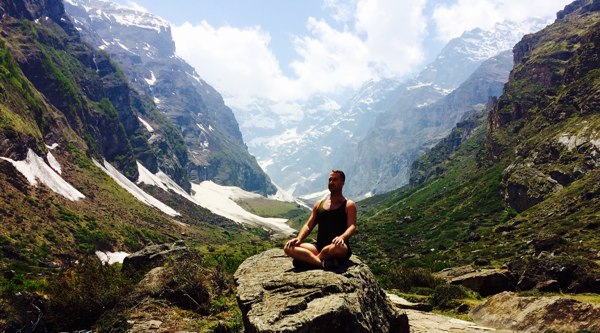If you’re searching for how to live pain-free, I’m guessing you already know what it’s like to experience chronic pain.
Maybe it started as a dull ache you ignored, but it gradually grew into a throbbing sensation that interfered with your daily activities, sleep, and mood.
Or perhaps you had an acute injury that left you with sharp shooting pains whenever you turned in your sleep or stood up too quickly.
Whatever your experience, if you’re dealing with chronic pain, I want you to know you’re not alone. In 2016, over 50 million Americans reported chronic pain — roughly 20% of the population!
Anyone who has experienced pain knows its profound effect on their mental and emotional state. I get it because I have lived with chronic pain — debilitating, frustrating, agonizing pain that distracted me from my soul’s purpose for far too long.
But what if pain wasn’t an inevitable part of your life?
What if you could eliminate pain altogether and finally tap into your soul’s calling so that you could live a life without limitations?
That’s the bold promise of AYAMA™, a revolutionary approach to yoga that has helped hundreds of people swap pain and injuries for strength and stability.
Listen…
I understand how pain can act like a sinkhole, sweeping you deeper under the surface until you can no longer find the light. I will never mitigate or deny your pain. I also want you to know this:
It is possible to live pain-free. And with the right tools and techniques, pain-free living might be closer than you realize.
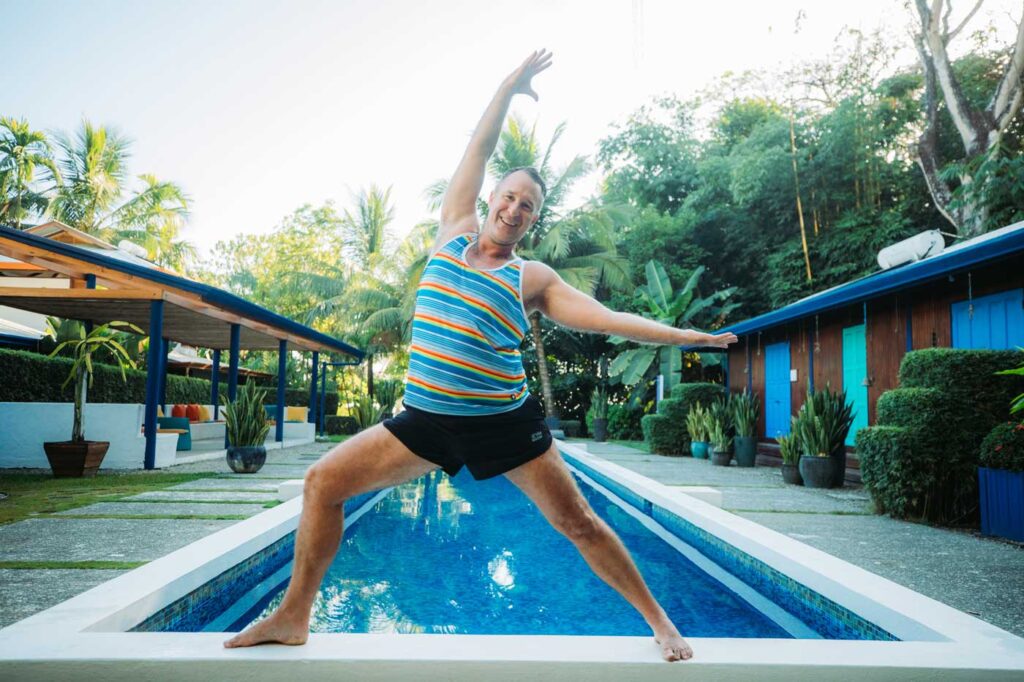
How To Live Pain-Free And Happy
It took me 25 years to understand why I was dealing with ongoing chronic pain. Please don’t wait as long as me. You deserve to live a pain-free life, and these tips will help you do exactly that.
1. Stop Stretching
I know you’ve been told that stretching is good for you…
…that if you’re dealing with pain, you should stretch out the affected area.
Here’s the truth:
Stretching and flexibility cause weakness and mind-body disconnect that, over time, lead to misalignment, instability, and chronic pain.
Instead of focusing on flexibility, we must begin to prioritize muscle contraction.
In other words, if our muscles don’t contract properly, they can’t support our joints and bones. This creates instability, and where there is instability, injury is sure to follow. (You’ll hear me say this often!)
So, the first step to living a pain-free life is to stop stretching and start activating and engaging your muscles instead.
I have hundreds of free resources on my YouTube channel that will help you do exactly that.
I recommend you start with my 7-Day Pain-Free Yoga series. Or, if you’re struggling with a specific ailment, you can learn how to relieve knee pain, neck pain, back pain, and more.
Note: I’ve written extensively about how stretching is causing you more harm than good. If you want to better understand the biomechanics of movement so that you can live pain-free, then this is the place to begin.
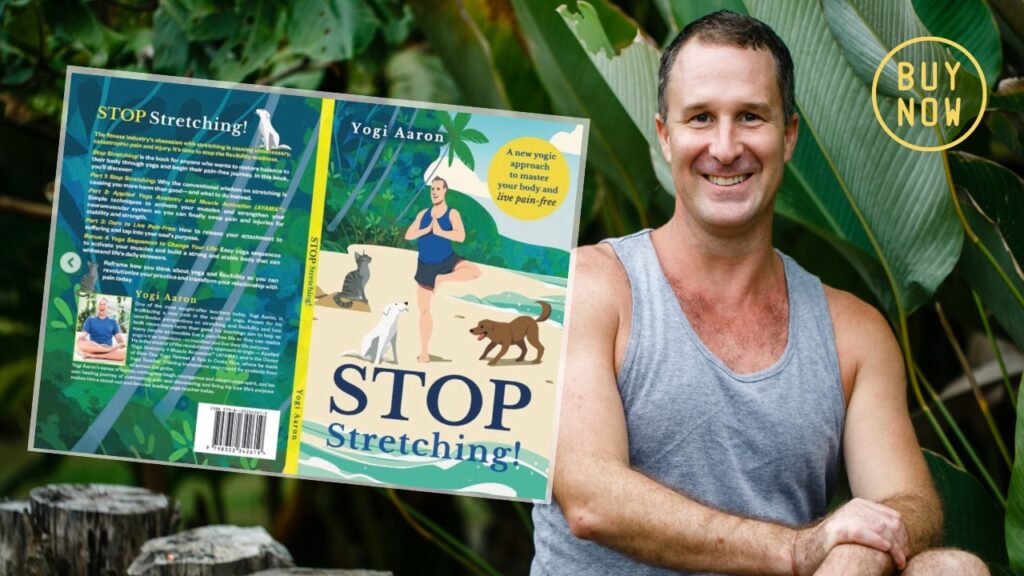
2. Reframe Attachment To Suffering
There’s a poignant story I tell in my book Stop Stretching!. It goes like this:
A curious student once asked the Buddha, “How do you suffer pain?”
The Buddha responded, “Either with one arrow or a thousand arrows. The first arrow is the pain in the body, the sensation we feel when the arrow pierces our body. The thousand arrows are our mental suffering — feelings like anger, sadness, resentment, or why me?”
The Buddha continues to explain that we can’t always control the first arrow. But the thousand arrows? Our mental pain? That suffering is entirely optional.
Is it easy to stop mental anguish and emotional suffering? Absolutely not. Changing your relationship with pain is arduous, complex, and demanding work that never stops.
And yet…
Learn how to control your reaction to pain, and you will fundamentally change your life to live pain-free.
To put it another way…
What stories are you telling yourself that are causing you to suffer? Is your identification with pain destabilizing your journey to uncover your true purpose — to discovering your true self?
I realize that these questions are not easy to answer and that separating our true identities from our suffering and trauma is a lifelong endeavor.
This is why I’ve committed my life to share the teachings of yoga. Because yoga gives you the tools to fill your life with true meaning, to find clarity and vision as you develop deeper self-awareness.
Before we continue, I believe it important to take a closer look at what yogic philosophy says about suffering.
According to the Yoga Sutras of Patanjali, an ancient text on yoga, five kleshas or obstacles keep us suffering.
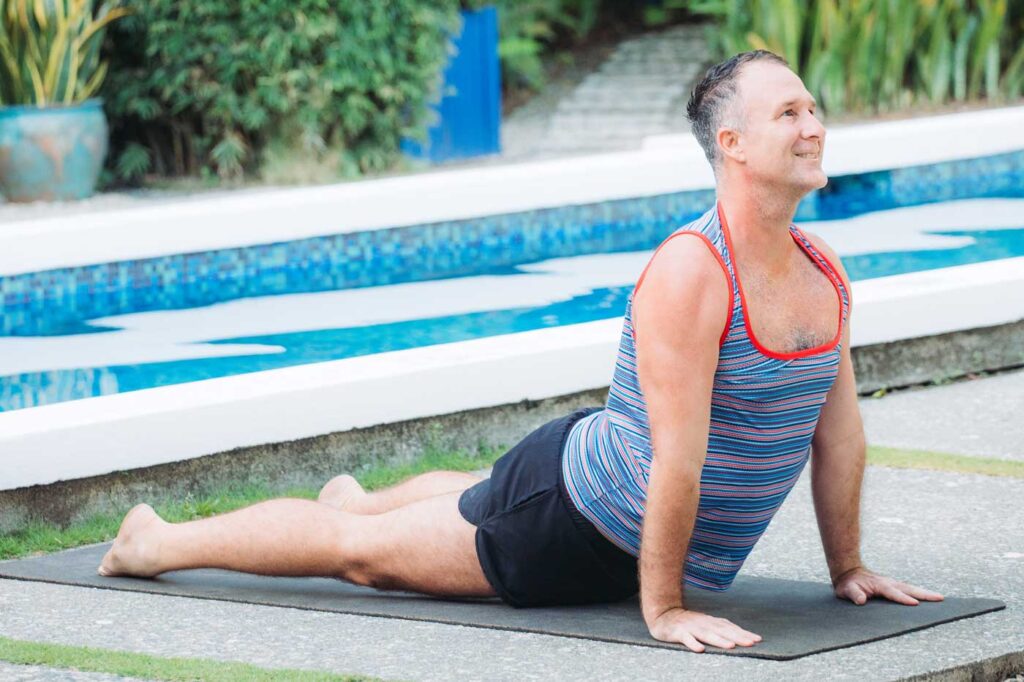
The Five Kleshas: Obstacles To Living Pain-Free
1. Avidya (ignorance): Avidya is the fundamental cause of all suffering. It refers to a lack of spiritual knowledge and understanding, leading us to mistake life’s temporary and fleeting aspects as permanent and fulfilling.
2. Asmita (ego): Asmita refers to our sense of self or ego. When we identify too closely with our ego, we become attached to our self-image and cannot see beyond it, causing us to feel separate from others and the world around us.
3. Raga (attachment): Raga refers to our attachment to things and experiences that we perceive as pleasurable or desirable. When we become attached to these things, we create a sense of craving and grasping, leading to suffering when we cannot obtain or hold onto them.
4. Dvesa (aversion): Dvesa refers to our aversion or avoidance of things and experiences that we perceive as unpleasant or undesirable. When we become opposed to these things, we create a sense of fear or anger, leading to suffering when we cannot avoid them.
5. Abhinivesha (fear of death): Abhinivesha refers to our fear of death or attachment to life. When we are too attached to life, we may feel a sense of desperation or anxiety when faced with the inevitability of death, causing us to cling even more tightly to life and ultimately leading to more suffering.
If you only take away one point from the kleshas, let it be this:
One of the primary reasons we suffer is that we forget our true nature and attach our identities to external labels, experiences, and stories.
When we sit with these ideas, we begin to notice areas in our lives where we live in pain because of our attachments, actions, and beliefs.
By practicing yoga, including asanas, pranayama, and meditation (note I didn’t say stretching), we can become more aware of our kleshas and learn to overcome them. By doing so, we can experience greater inner peace, clarity, and joy — and ultimately live pain-free.
Let me be clear:
Your chronic physical pain will not magically disappear when you reevaluate your relationship with suffering. To heal your physical pain, you must take action. And yet, it remains essential to ask the following:
Who would you be without your attachment to suffering — and is that someone worth pursuing?
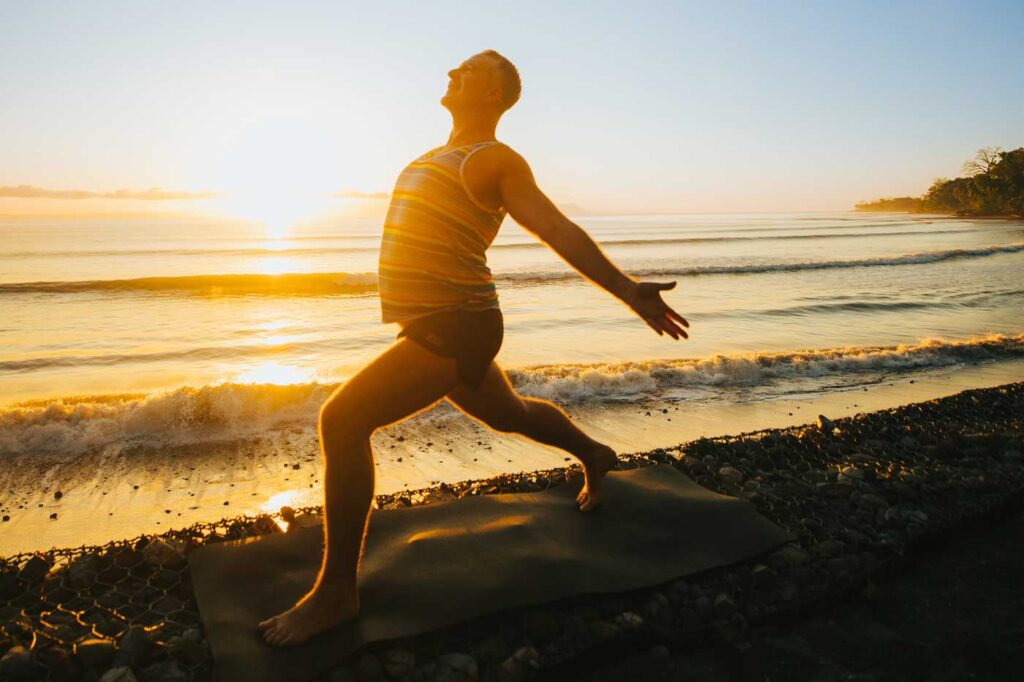
3. Engage in activities that bring you joy
Engaging in activities that bring you joy can help shift your focus away from suffering and towards more positive experiences.
Activities that bring you joy can be simple:
- Spending time in nature
- Picking up your acoustic guitar
- Making a batch of chocolate chip cookies and sharing a few with your elderly neighbor
Find ways to incorporate joy and positivity into your life, and you’ll improve your overall well-being while reframing your attachment to suffering to live pain-free.
For example, take my good friend Vincent.
Vincent had been struggling with chronic pain for years. Despite various medications and treatments, he found little relief. It wasn’t until he was rushed to the hospital for a panic attack that he shifted his mindset. Vincent says,
“There was nothing I could do about my debilitating injury, but I could begin to address my mental and emotional reaction to it. I refused to let panic attacks become my new normal.
So I decided to hit reset on my life. I started challenging myself to accomplish three things in one day that brought me joy. I asked for the support I needed. Eventually, I understood that life comes at you in waves. There will always be painful moments, but there is always a way through.
I don’t expect ever to live a life devoid of physical pain. My injuries and my experience with pain remain an integral part of my story. However, I no longer let suffering define me. It was a long journey, but now I’m preparing to travel to Costa Rica — an activity that would have seemed impossible not all that long ago.”
Over time, Vincent realized that by focusing on gratitude and activities that brought him joy, he could shift his focus away from his pain and towards more positive experiences.
His story emphasizes what we have already touched on:
Pain is an uncomfortable experience, but suffering is a state of mind. You cannot always control your pain, but you can take charge of how you react to it.
4. Seek Support
Living with chronic pain can be a challenging and isolating experience. Sometimes, we all need a little support.
If you’re ready to break free from the thousand arrows plaguing your mind so you can live pain-free, I would be honored to assist you.
Together, we can identify the root causes of your pain, develop strategies to strengthen your neuromuscular connection (to reduce and even eliminate pain), and, in the process, transform your relationship to pain.
For over 30 years, I’ve helped people from around the world eliminate their pain, so they can truly step into their greatest potential and live their life purpose. I’d love to help you, too.
